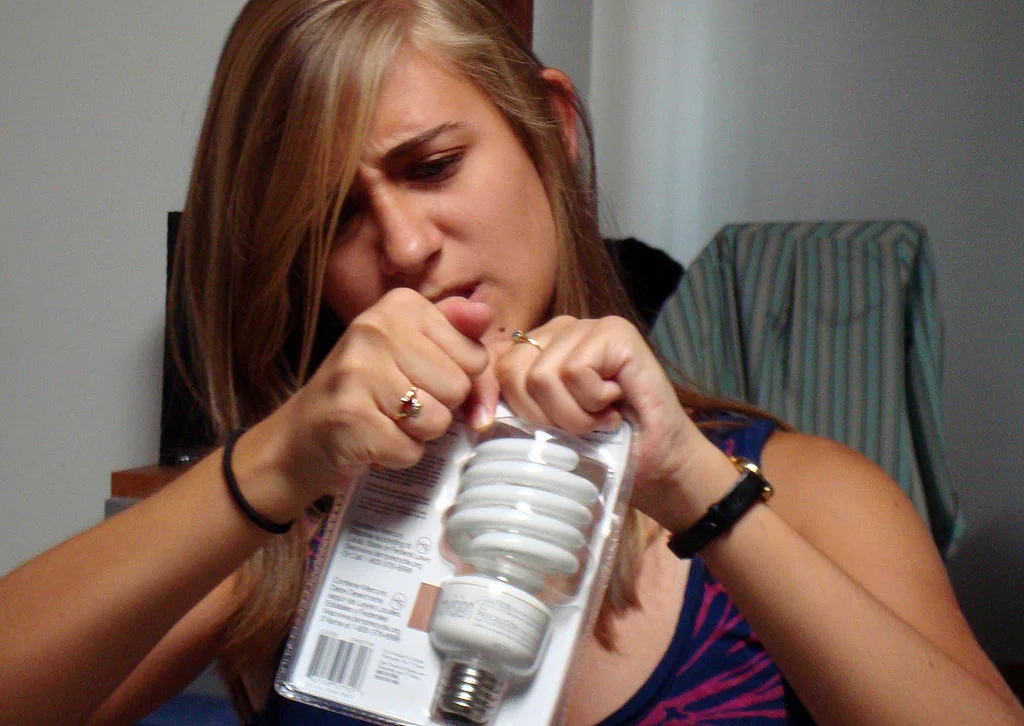The City of Toronto has to deal with mountains of garbage that is generated each day. On a whole they handle this task primarily through our recycling system but recycling is very costly. The real answer, of course, is not to generate the waste in the first place.I bought a cordless telephone set and when I opened the package I discovered that the set itself occupied about half of the box. The rest of the package was bolstered by folded cardboard. The big glossy package was a marketing tool designed to give the illusion that you were getting something more for your money.The Province of Ontario tried to deal with the disposal of electronic waste, and they failed miserably. Electronic waste is piling up more rapidly as technology evolves. The question is, who should pay to dispose of obsolete electronics? The obvious answer is the manufacturers who generate the waste in the first place. But that’s not the reality.The government let manufacturers seize control of the process by setting up Waste Diversion Ontario -an industry funded and controlled body. The result was that in July of 2010 we were hit with the ECO fee (disposal fee) that was to be used to cover the cost of recycling obsolete electronics. The ECO fee was a hidden charge that ranged from seven cents for a cell phone to $40 for a large TV. It didn’t appear on the price tag but you got walloped with it at the cash register after you paid the HST. The manufactures had successfully transferred the costs from themselves to you, the consumer.Public anger was so intense that the Ontario government pulled back the ECO fee. They immediately solved their problem by downloading the costs of disposing of electronic waste onto the backs of municipalities. You still pay the fee but now it’s hidden. Now you pay through your property taxes.Setting packaging standards is the responsibility of the federal government. Given the influence that manufacturers wield, efforts to regulate packaging at the federal level are doomed to fail.Toronto is the largest consumer market in the country. I proposed that the city enact a bylaw that required every retail outlet over 3,000 square feet to establish a well signed, well equipped packaging removal area where customers can remove and leave the packaging. If most customers were encouraged to remove and leave the excess packaging at the store, the retailers would turn to the manufacturers and say: Unless you reduce your packaging we are not going to carry your product.Would it work? When the city had a 5 cent charge on plastic shopping bags their use was reduced by a whopping 88%.You can do your bit too. Don’t take your groceries home in the store’s cardboard boxes and when you make a purchase remove the packaging and leave it at the store. They might begin to understand that society doesn’t have to generate a mountain of waste.
2 Champagne Drive - Unit C9
Toronto, Ontario, M3J 0K2
(647) 478-8752
The Voice of Downsview
Your Custom Text Here

